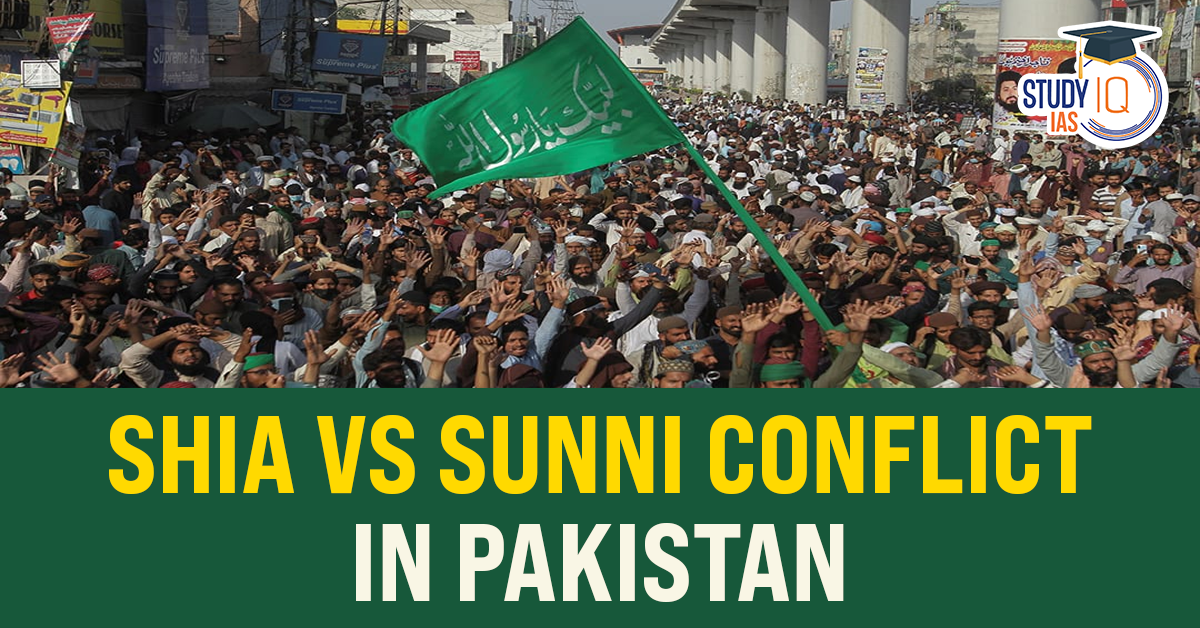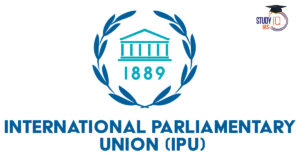Table of Contents
The recent surge in sectarian violence between Shia and Sunni groups in Pakistan, particularly in the Kurram district of Khyber Pakhtunkhwa, has led to significant loss of life, with over 64 people killed in a span of just a few days. The conflict is not new, as sectarian violence has plagued the region for decades, but the recent escalation has highlighted both historical and contemporary issues.
Insane Shia vs Sunni Conflict in Pakistan
- Kurram District: Located near the Afghanistan-Pakistan border, Kurram has a mixed population of Sunni and Shia Muslims, particularly the Turi tribe (Shia) and various Sunni Pashtun tribes. The district is strategic due to its proximity to Afghanistan and has been a site of historical and tribal conflict.
- Historical Rivalries: Shia and Sunni tribal groups have long been in conflict over land, resources, and governance issues. The British colonial policy, which used patronage to favor certain tribes, exacerbated these divisions. These longstanding tribal rivalries have now taken on a sectarian dimension, as Shia and Sunni identities have been politicized over time.
- Impact of the Cold War: Three developments during the Cold War contributed to the sectarianization of these tribal conflicts:
-
- Iranian Revolution (1979): The rise of the Shia theocracy in Iran led to an ideological divide, with Saudi Arabia supporting Sunni groups and Iran backing Shia factions. This transformed local conflicts into proxies for a broader regional struggle.
- Soviet-Afghan War (1979-1989): Kurram became a launchpad for US-backed mujahideen fighting the Soviets, and many Sunni Afghan refugees fled into the area, further exacerbating Sunni-Shia tensions.
- Zia-ul-Haq’s Islamization (1977-1988): The Pakistani military regime’s focus on Sunni Islamization alienated Shia groups and intensified sectarian tensions, particularly in border areas like Kurram.
Recent Escalation (2024)
- The Attack on Shia Convoys: On November 21, 2024, gunmen attacked Shia passenger vehicles in Bagan, a town in Kurram, killing at least 45 people. This triggered retaliatory violence, leading to over 64 deaths in three days. Much of the violence is attributed to armed Shia and Sunni groups engaging in tit-for-tat attacks.
- Sectarian Clashes and Ceasefire: After days of violence, local leaders from both sects agreed to a seven-day ceasefire. The ceasefire is seen as a temporary measure to ease tensions and allow for the return of bodies and prisoners, though the underlying sectarian divisions remain unresolved.
- Tribal and Governance Issues: Kurram’s history of tribal rivalry and a lack of effective governance have allowed these sectarian tensions to fester. The region was part of the Federally Administered Tribal Areas (FATA) until 2018, when it was merged with Khyber Pakhtunkhwa. The lack of development and political integration has contributed to local grievances, which sectarian groups have exploited.
Key Factors Fueling the Conflict
- Land Disputes: The competition for land and resources between Sunni and Shia tribes in Kurram has been a longstanding issue. The Shia Turi tribe once controlled much of the region, but Sunnis now dominate Lower and Central Kurram. These territorial disputes are often masked as sectarian violence.
- Militant Influence: Over the years, various militant groups, including the Tehrik-i-Taliban Pakistan (TTP) and the Islamic State (IS), have found refuge in the region, further fueling sectarian violence. These groups capitalize on local grievances and the porous border with Afghanistan.
- Geopolitical Influence: The proxy competition between Iran and Saudi Arabia continues to shape local dynamics. While Shia factions are often backed by Iranian networks, Sunni groups receive support from Saudi-backed entities. This external influence turns local conflicts into broader geopolitical struggles.
- Sectarian Violence Trends: Pakistan has seen periodic surges in sectarian violence. Between 2007 and 2011, over 2,000 people were killed, and thousands more were injured. The violence escalates when groups feel marginalized or when external militant groups intervene.
Recent Developments and Ceasefire Efforts
- Mediation Efforts: The Pakistani provincial government in Khyber Pakhtunkhwa initiated a mediation process, flying in a team to meet Shia and Sunni leaders in Parachinar, the main city of Kurram. The ceasefire agreement was part of these mediation efforts, but it is unclear how long peace will last.
- Calls for Justice: Shia leaders have demanded justice for the attacks on civilian convoys and compensation for the victims. The Pakistani government has not yet identified the attackers or taken substantial action.
- Protests: Demonstrations in Karachi and Lahore reflect growing public outrage over the violence, with people demanding an end to sectarian killings and better governance.
Implications and Future Outlook
- Long-Term Stability: While the ceasefire may bring temporary peace, the underlying issues of sectarian rivalry, tribal competition, and weak governance remain unresolved. Without addressing these core issues, violence may flare up again in the future.
- Security Challenges: Pakistan faces the dual challenge of curbing both sectarian violence and the growing influence of militant groups in the region. Effective security measures and political solutions will be critical to preventing further bloodshed.
- Regional Geopolitics: The involvement of external powers, particularly Saudi Arabia and Iran, in fueling sectarian tensions in Pakistan could complicate efforts for peace. Pakistan’s relationship with both countries, as well as its approach to the Afghan Taliban and other regional actors, will influence the outcome of this conflict.
Conclusion
The Shia-Sunni conflict in Pakistan, especially in Kurram, is a complex issue that involves historical grievances, tribal competition, external geopolitical influences, and local governance challenges. While ceasefire agreements provide temporary relief, long-term peace will depend on addressing the root causes of sectarian violence, improving governance, and ensuring fair distribution of resources. The international and regional context also plays a critical role in shaping the future of this conflict.


 SAMARTH Udyog Bharat 4.0: Transforming I...
SAMARTH Udyog Bharat 4.0: Transforming I...
 BHIM 3.0 Launched by NPCI: Key Features,...
BHIM 3.0 Launched by NPCI: Key Features,...
 150th Summit of Inter-Parliamentary Unio...
150th Summit of Inter-Parliamentary Unio...





















